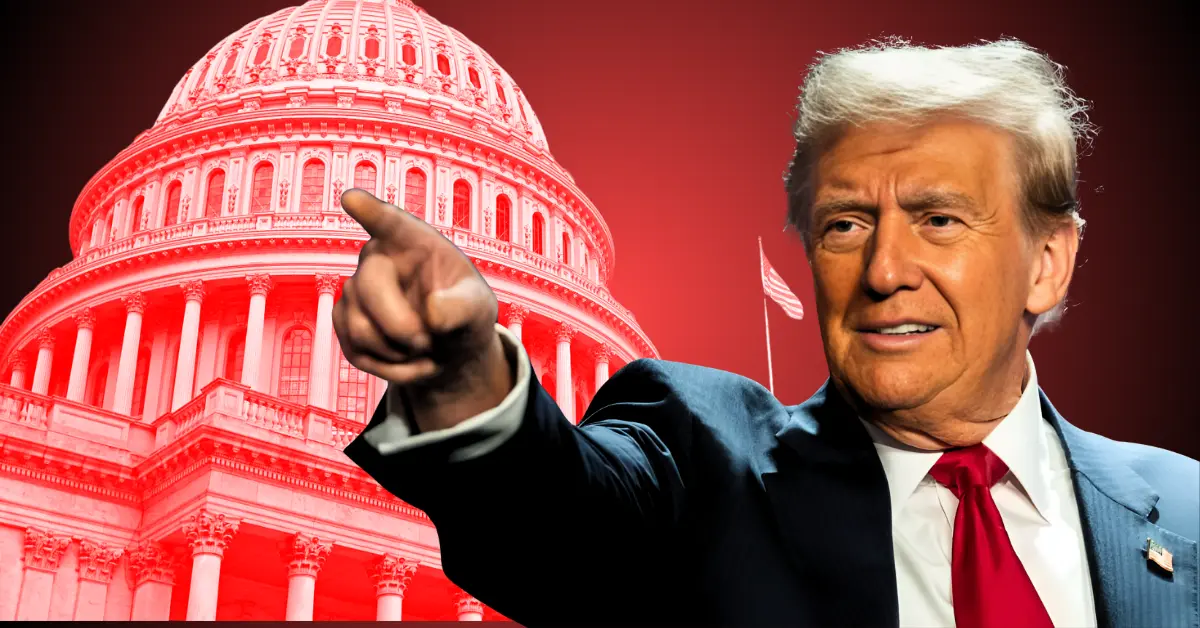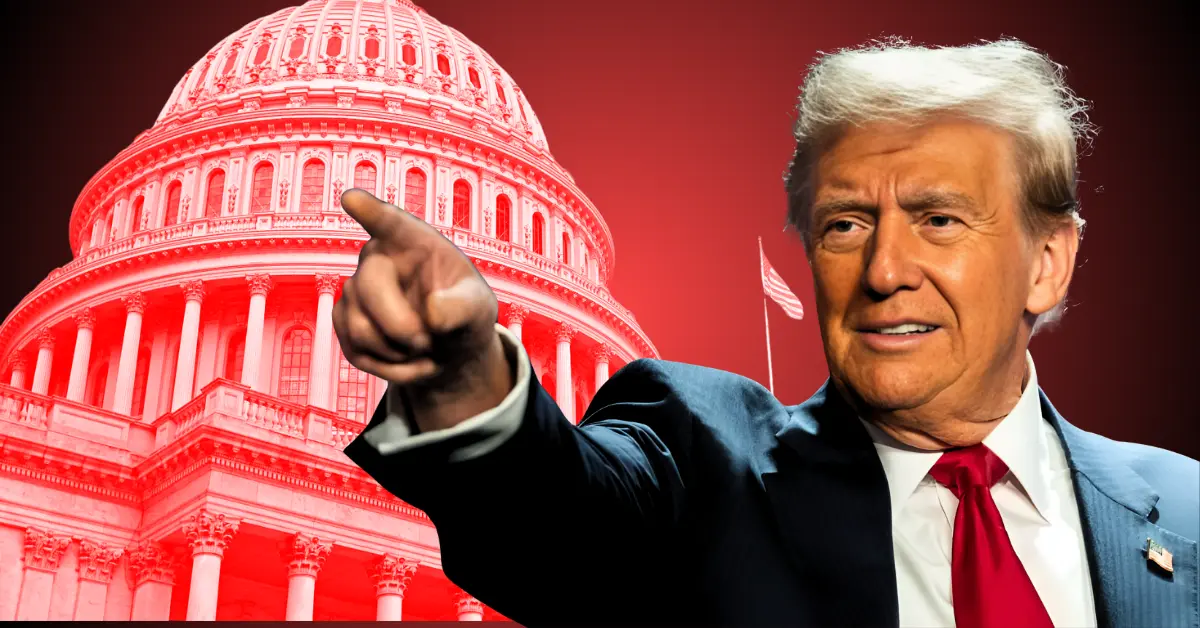The passage of President Donald Trump’s “Big, Beautiful Bill” marks a pivotal moment in U.S. legislative history, reflecting both the political acumen of the administration and the deep divisions within the nation. This sweeping tax and spending package, narrowly approved by the Senate with a 51-50 vote and a tie-breaking decision by Vice President JD Vance, represents a significant victory for Trump’s domestic agenda. However, its implications extend far beyond immediate policy changes, touching on economic stability, political strategy, and societal equity.
A Contentious Path to Passage
The journey of the “Big, Beautiful Bill” through the Senate was fraught with challenges, underscoring the polarized nature of contemporary American politics. Democrats vehemently opposed the bill, citing concerns over its potential to balloon the national debt and disproportionately benefit the wealthy. Even within the Republican ranks, dissenting voices emerged, necessitating intense negotiations and compromises to secure the necessary votes. The marathon voting session that preceded the bill’s passage was a microcosm of the broader political landscape, where ideological differences often overshadow bipartisan cooperation.
The bill’s proponents, however, framed its passage as a triumph of Republican principles, arguing that it fulfilled campaign promises to voters and advanced the administration’s economic vision. The narrow margin of victory underscores the fragility of political alliances in an era of heightened partisanship. It also highlights the strategic importance of Vice President Vance’s role, whose decisive vote not only secured the bill’s passage but also reinforced the significance of executive leadership in legislative outcomes.
Key Provisions and Their Implications
The “Big, Beautiful Bill” is a multifaceted legislative package, encompassing tax cuts, spending reductions, and energy policy reforms. At its core, the bill extends tax cuts initially enacted during Trump’s first term, primarily benefiting corporations and high-income individuals. Proponents argue that these cuts will stimulate economic growth by encouraging investment and job creation, citing historical precedents where similar policies have led to economic expansion. However, critics contend that the bill exacerbates income inequality and risks deepening the national debt, potentially undermining long-term economic stability.
The bill’s spending cuts, aimed at offsetting the cost of tax reductions, target areas such as social welfare, environmental protection, and education. These cuts have sparked concerns about their impact on vulnerable populations and essential services. For instance, reductions in environmental protection funding could hinder efforts to combat climate change, while cuts to education may limit access to quality schooling for low-income families. The bill’s energy provisions, including the restoration of nuclear power tax credits and incentives for new energy technologies, reflect a broader push toward energy independence. However, the long-term environmental and economic consequences of these policies remain a subject of debate.
Economic and Political Ramifications
The “Big, Beautiful Bill” is poised to have profound economic implications, both in the short and long term. Proponents of the bill argue that tax cuts will boost economic growth, create jobs, and increase wages, citing economic models that suggest lower taxes incentivize investment and entrepreneurship. They point to historical data, such as the post-2017 tax cut economic expansion, as evidence of the bill’s potential benefits. However, critics warn that the bill could lead to increased budget deficits and national debt, potentially crowding out other important investments and undermining long-term economic stability.
The political ramifications of the bill are equally significant. For President Trump, the passage of the “Big, Beautiful Bill” represents a major legislative victory, demonstrating his ability to deliver on campaign promises and enact his agenda. This could bolster his approval ratings and strengthen his position within the Republican Party. For the GOP, the bill could serve as a unifying force, providing a clear policy platform for the upcoming elections. However, it could also exacerbate divisions within the party, particularly if the economic impact of the bill falls short of expectations.
Democrats, meanwhile, are likely to use the bill as a rallying cry, arguing that it benefits the wealthy at the expense of the middle class and the poor. They will likely campaign against the bill in the upcoming elections, seeking to reverse its provisions and implement their own economic agenda. The bill’s passage thus sets the stage for a contentious political battle, with both parties vying to shape the narrative around its economic and social consequences.
A Defining Moment in American Politics
The passage of the “Big, Beautiful Bill” is a defining moment in American politics, reflecting the current political climate and shaping the trajectory of the nation’s future. The bill’s sweeping changes to tax and spending policies will have far-reaching consequences for the economy, society, and the political landscape. Whether these consequences will be positive or negative remains to be seen, but one thing is certain: the “Big, Beautiful Bill” will be a subject of debate and discussion for years to come.
The narrow passage of this bill signals not just a legislative victory but the dawn of a new era, one where the long-term effects on the American people will ultimately define its true legacy. As the bill moves to the House of Representatives for further consideration, the political and economic stakes remain high. The outcome of this legislative process will not only shape the immediate future of the Trump administration but also influence the broader direction of the country for years to come.












